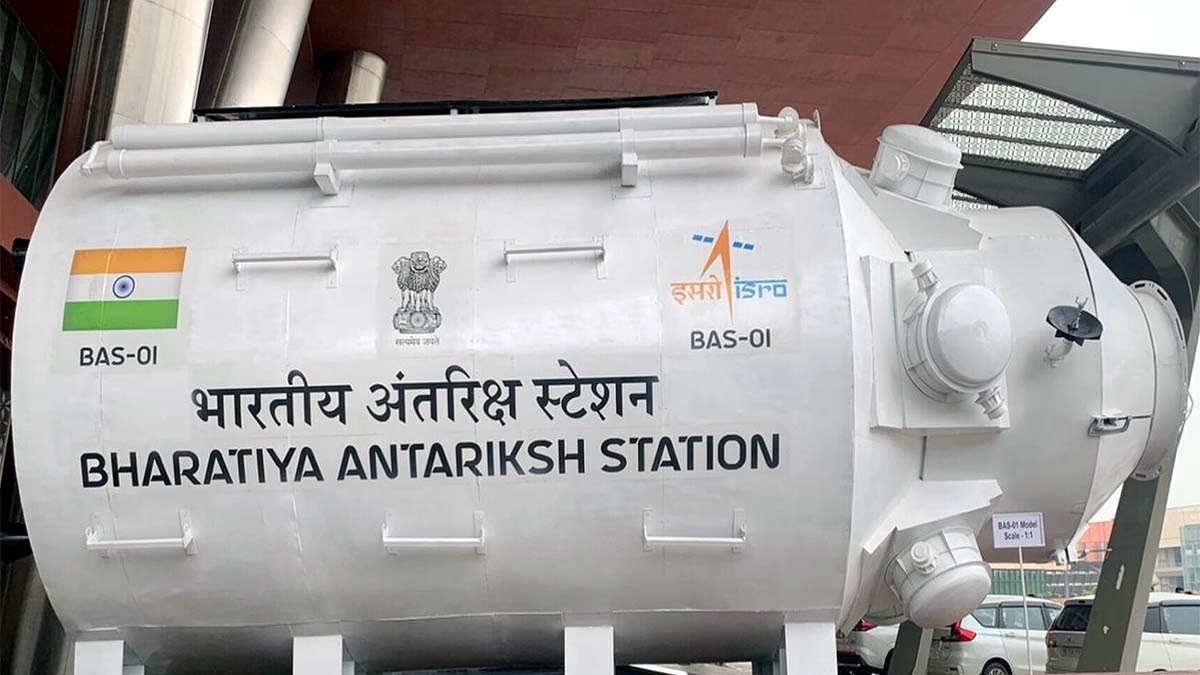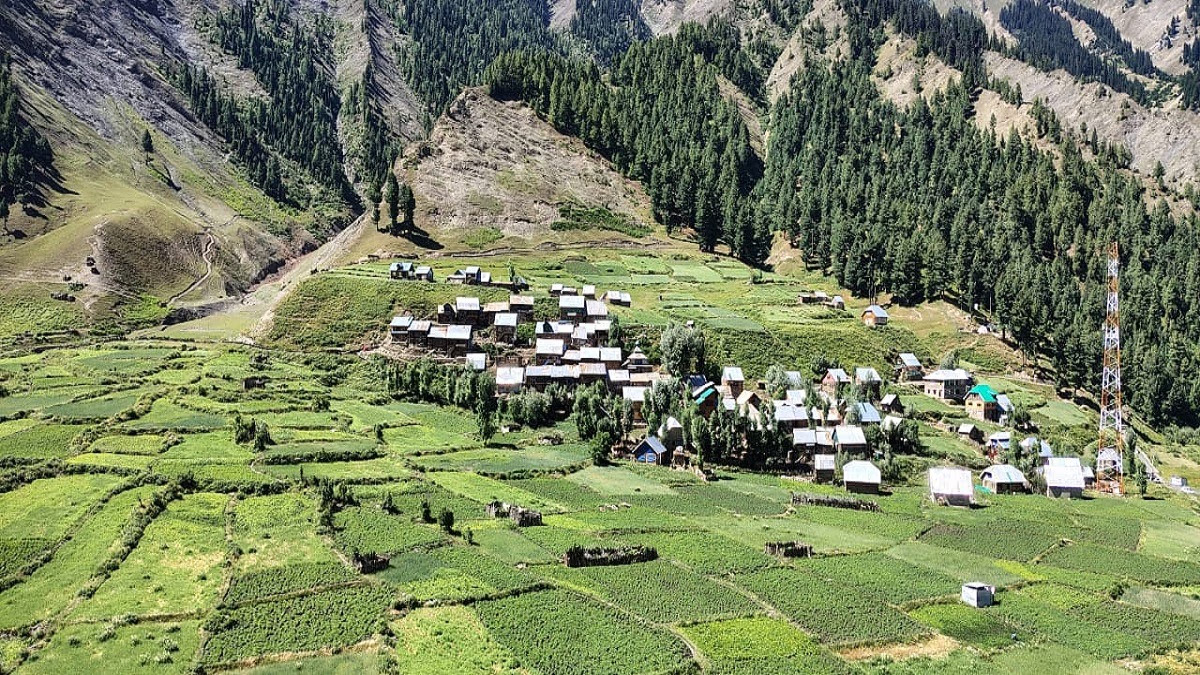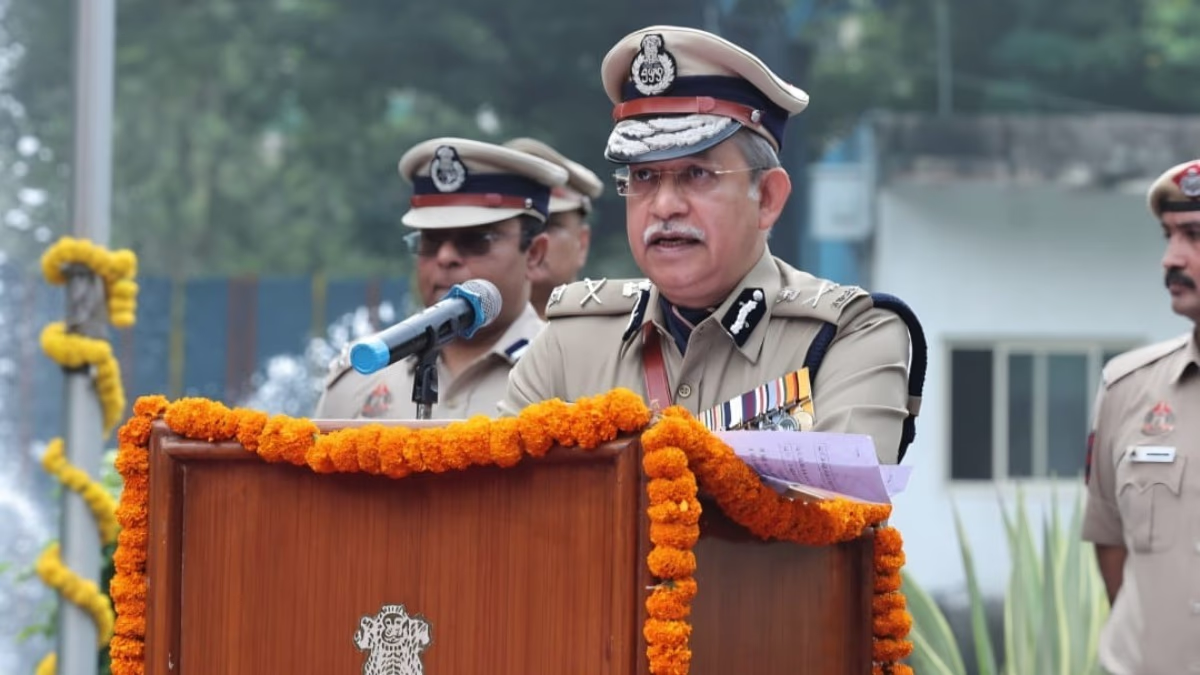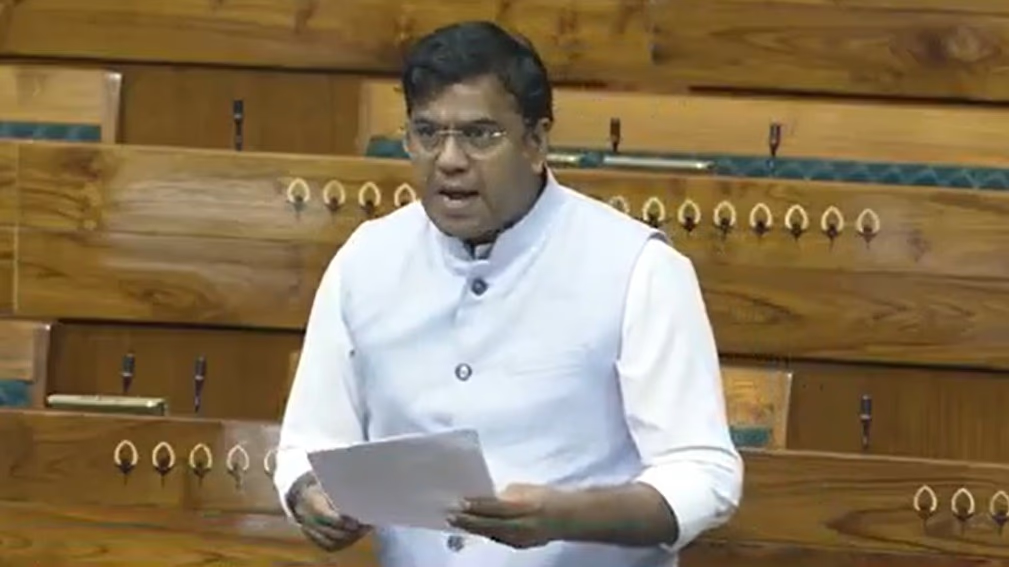On August 22, 2025, during the two-day National Space Day celebrations, the Indian Space Research Organisation (ISRO) unveiled the model of the Indian Space Station (BAS) to the world for the first time. The event took place at Bharat Mandapam, New Delhi.
India aims to launch the first module, BAS-01, into space by 2028, and complete the construction of the entire space station by 2035. This milestone will place India among the select nations that operate their own space stations.
Read More:
What is the Indian Space Station?
The Indian Space Station (BAS) will be India's indigenous space station, positioned in Low Earth Orbit (LEO) 450 kilometers above the Earth. Currently, only two other space stations exist globally:
International Space Station (ISS): Operated collaboratively by space agencies from the USA, Russia, Europe, Japan, and Canada.
Tiangong Space Station: China's space station.
India's BAS will stand out as it will be entirely based on indigenous technology. ISRO aims for five BAS modules to be installed in space by 2035, transforming it into a complete space laboratory.
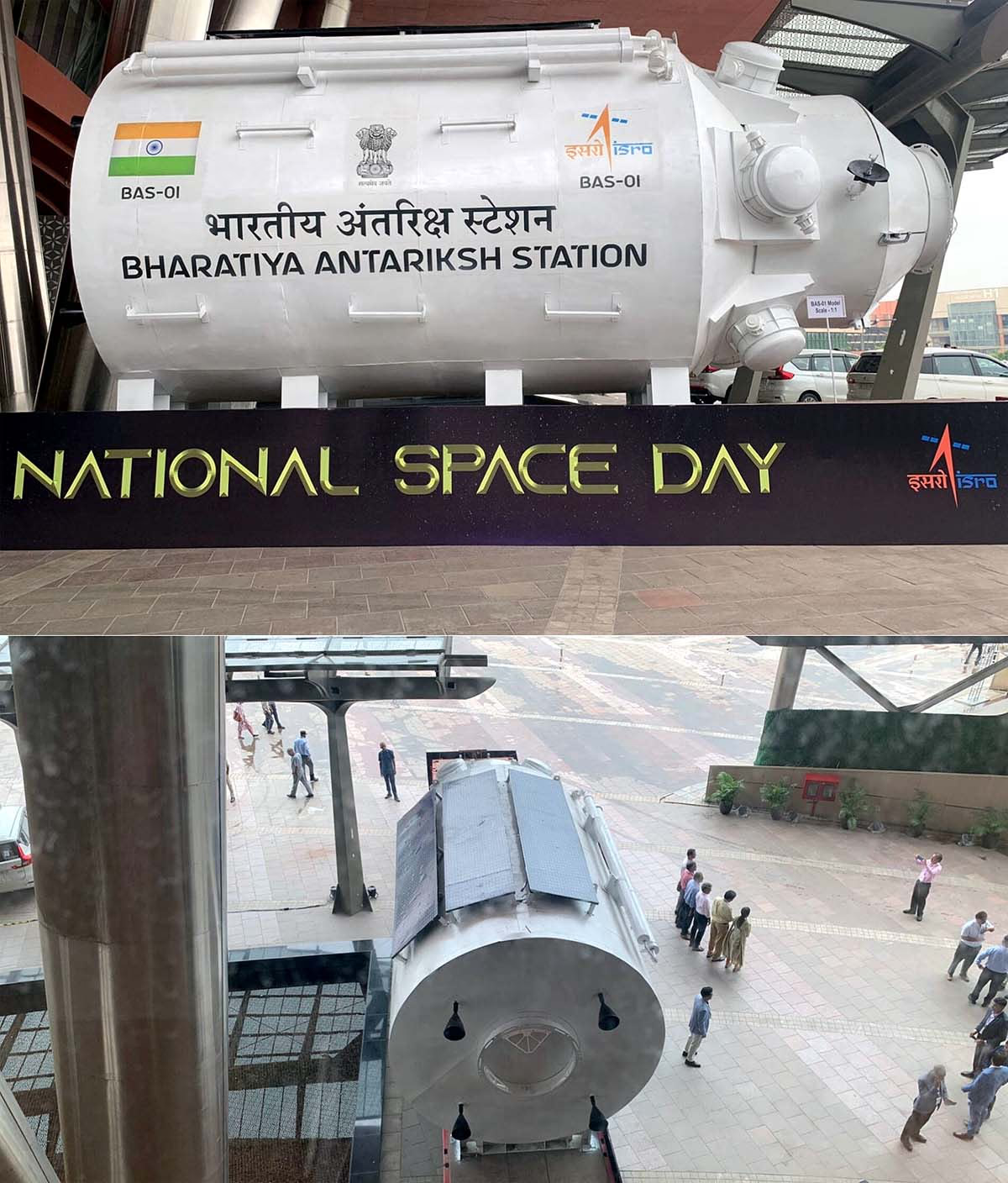
Source: aajtak
BAS-01 Module: The First Step
BAS-01 will be the inaugural module of the Indian Space Station, slated for launch in 2028. Its features include:
Weight: 10 tons
Dimensions: 3.8 meters wide and 8 meters long
Orbit: 450 km above Earth
Indigenous Technology: Equipped with an Indian docking system, birthing mechanism, and automated hatch system.
Environmental Control and Life Support System (ECLSS): Provides breathable air, water, and temperature regulation for astronauts.
Viewports: Windows for scientific photography and astronaut leisure.
Safety: Protection against radiation, heat, and micro-meteoroid orbital debris (MMOD).
Space Suit and Airlock: Equipment for extravehicular activities (EVA).
Plug and Play Avionics: Advanced electronics systems that are easily upgradeable.
Read More:
The Purpose of BAS
BAS is more than just a space station; it's a scientific research hub with key objectives that include:
Microgravity Research: Understanding the effects of low gravity in space on human bodies, medicines, and materials.
Life Sciences and Medicine: Testing technologies essential for prolonged space habitation, such as food, water, and oxygen supply.
Interplanetary Exploration: Developing technology for missions to Mars and the Moon.
Space Tourism: BAS could be used for commercial space tourism, integrating India into the space business realm.
International Collaboration: Enhancing India’s participation in global space research.
Inspiring Youth: Encouraging the new generation to pursue careers in space science and technology.
Celebrating National Space Day
After the successful landing of Chandrayaan-3 on the Moon on August 23, 2023, India decided to celebrate National Space Day annually on August 23. This year, the 3.8-meter x 8-meter model of BAS-01 was a major attraction during the event on August 22-23, 2025, at Bharat Mandapam.
Read More:
The Future of Space in India
BAS is part of India’s ambitious space program. Besides BAS, India has several other plans in the pipeline...
The first BAS module will be launched using the LVM-3 rocket, India’s most powerful rocket. It will be followed by four additional modules, aiming for the complete station by 2035.
Challenges and Opportunities
Challenges: Building BAS involves high costs (approximately 20,000 crores rupees), technical complexities, and adherence to international regulations. Space debris and radiation present significant challenges.
Opportunities: BAS positions India as a global leader in space research. It will boost the 'Make in India' initiative and attract private companies like HAL, BEL, and Tata Advanced Systems to the space sector.
